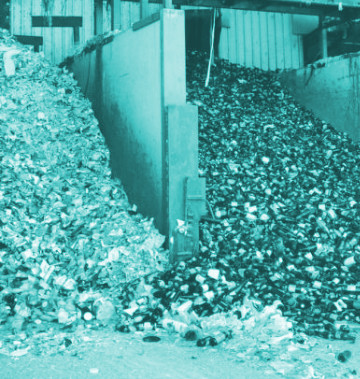Easy fix for plastic waste
 Researchers have found a simple way to stop microplastics from entering waterways.
Researchers have found a simple way to stop microplastics from entering waterways.
Studies at the University of Wollongong (UOW) seek to address overlooked sources of pollution from recycling processes.
The initiative, led by UOW’s Professor Faisal Hai and Dr Michael Staplevan, identified plastic recycling as a significant source of microplastic contamination.
“Pollution can occur through many industries, including laundry, textiles, cosmetics, and pharmaceuticals, that have been linked to the release of microplastics into the environment. However, one source has been overlooked: the plastic recycling industry, ”Professor Hai says.
According to a recent study published in Journal of Water Process Engineering, the plastic shredding phase in recycling releases microplastics into water systems.
“Usually during the plastic shredding process, microplastics are generated, which then go into a washing bay. This is where the microplastics can leach out into the environment,” Dr Staplevan said.
The proposed solution is to add a sieving phase before washing shredded plastic.
During lab experiments, a 5mm sieve was used, achieving a 96 per cent reduction in microplastic release.
“Embedding a sieving phase into the current plastic recycling process might be a nice simple solution,” he Dr Staplevan said, noting its potential for preventing microplastic pollution rather than managing its aftereffects.
The use of sieves is not new; they are widely employed across various industries. However, applying this technology to recycling could be a cost-effective alternative to extensive wastewater treatment.
“These technologies already exist… and it should be a lot easier and cost-effective to implement than a whole expensive wastewater treatment process,” Professor Hai said.
The researchers are calling for the sieving solution to be trialled in a pilot program.
They emphasise its practical benefits, noting that it could reduce microplastic accumulation, which often causes blockages in wastewater filtration systems.
Dr Staplevan pointed out that this approach could help manage microplastic loads efficiently.
“If you try to capture it before it gets into the wastewater, then you are reducing the risk of any microplastics having a chance to escape because you are containing it in a controlled environment,” he said.
As the researchers await industry feedback, they say they are optimistic about its potential to shift the focus of environmental efforts towards prevention.








 Print
Print